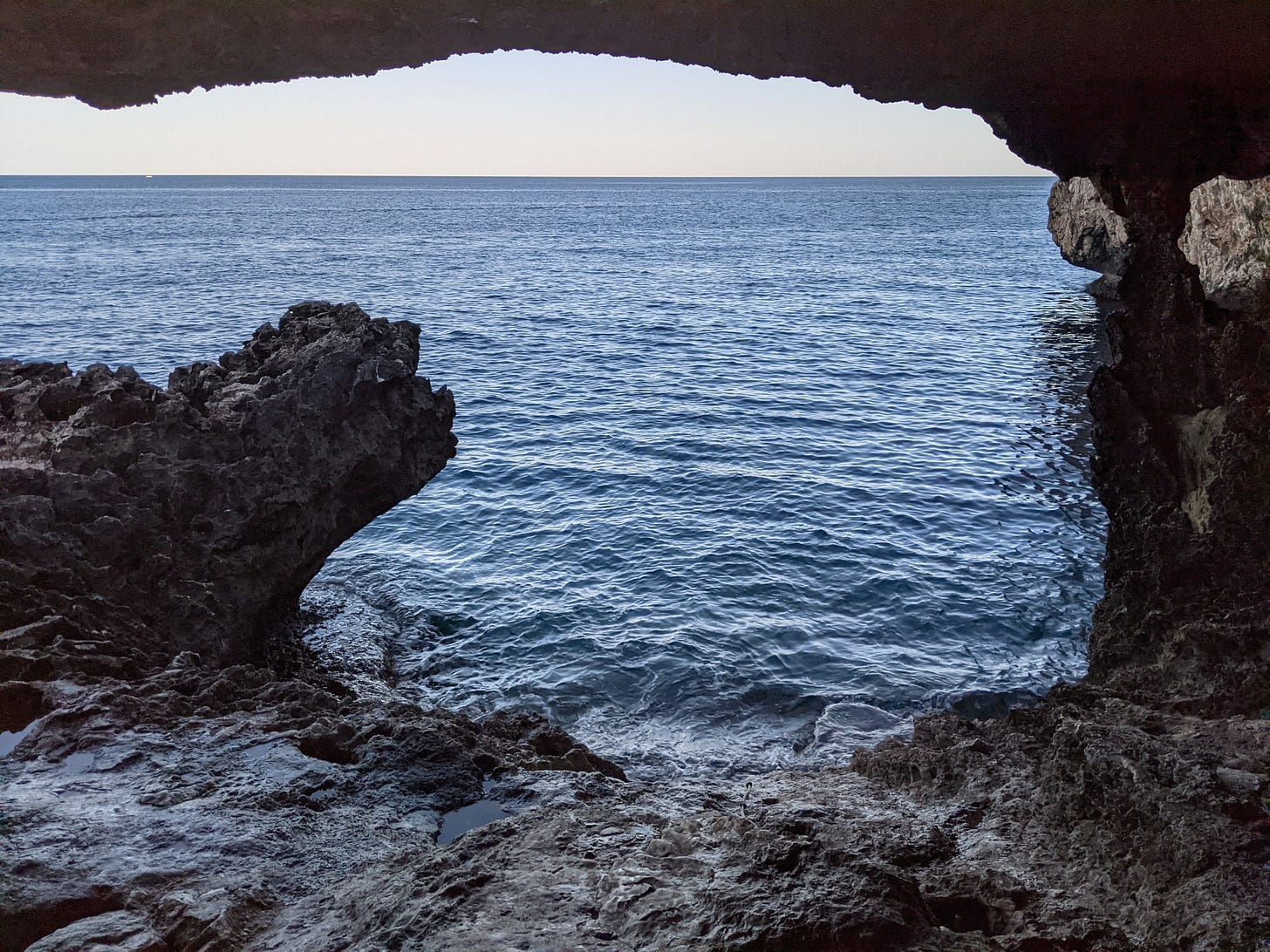The many faces of Cyprus
An island where history and legend collide—over and over again

In the year 1191 CE, a fleet of Crusader ships, headed for the Holy Land, encountered a terrible storm off the coast of Cyprus. Some Crusaders were shipwrecked and taken prisoner on the island. The ruler of Cyprus at that time was Isaac Komnenos, a claimant to the Byzantine throne in Constantinople who had in 1184 declared himself the “Emperor of Cyprus.”
One ship escaped the storm and had landed in the port of Limassol. That ship carried two medieval European VIPs: Joanna of England and Berengaria of Navarre. Komnenos wouldn’t let the ship leave, making the two women his captives.
This proved to be a huge mistake on Komnenos’ part. Joanna happened to be Richard the Lionheart’s sister. And Berengaria of Navarre? Richard’s fiancée.
Richard was the swaggering king of England who was headed to the Levant to challenge Saladin, the legendary sultan and founder of the Ayyubid dynasty, for control over Jerusalem, incorporated into Saladin’s empire from an independent Crusader kingdom a few years before.

Richard was furious to learn that Joanna and Berengaria were being imperiled by the tyrant of Cyprus. He proceeded to besiege Limassol, and after taking the city and freeing Joanna and Berengaria he marched on the capital of Leukosia.
Komnenos’ troops routed, the despot surrendered, but as the story goes, he begged Richard not put him in irons. Richard agreed. He put him in steel chains instead.
Richard had no interest in Cyprus, and he sold the island to the order of the Knights Templar, who went ahead and sold the island to Guy de Lusignan, a Frank whose last political gig had been as “King of Jerusalem” before Saladin deposed him. (In the 2005 Ridley Scott film, Kingdom of Heaven, a fictionalized Guy de Lusignan serves as the bigoted villain to an enlightened knight played by Orlando Bloom). The Lusignan dynasty endured for about two hundred years, when it was supplanted by Venetian control.
This is the nature of Cypriot history, its strategic location entangling it in the grand sweep of world events, its storylines easily the TV Guide loglines of Game of Thrones episodes. Heck, Mark Antony once gave Cyprus to Cleopatra as a gift. At one point the Byzantine Empire and the Umayyad Caliphate agreed to share control over Cyprus. And about eight hundred years after Richard used Cyprus as a staging ground for attacking the Middle East, the British RAF conducted airstrikes against the Islamic State in Syria from UK bases in Cyprus. Echoes, perhaps, but the tune has changed.

The nature of almost continuous imperial intervention is marked by the eclecticism of the built environment. A gothic cathedral, Saint Sophia, in Northern Nicosia, became a mosque under Ottoman rule, creating a fascinating fusion of architectural styles—a traditional French cathedral flanked by towering minarets. In Southern Nicosia, soccer fields and Blade Runner-esque public spaces designed by Zaha Hadid abut medieval walls.
The project of human society on Cyprus started early—5000 BCE—making that palimpsest of history especially rich in its collage of material. Tradition suggests the island’s name refers to copper—or that the name of copper refers to Cyprus. We do know that cuprum, “metal from Cyprus,” was highly regarded in the Roman world.
The cypress tree offers another potential chicken-or-egg etymology, but let’s not forget completely out-there theories that include the name is a bastardization of the Greek word Cryptos, an island hidden from the sea.
As to size, Cyprus is three-fifths the area of Connecticut. And in a sea one-fourth the size of the United States (including Alaska and Hawaii), it’s possible that without navigational instruments, Cyprus just might elude your grasp.
It’s tradition to get lost here. Supposedly Odysseus encountered the Cyclopes on Cyprus, the same island where it is said that Aphrodite first came to shore after her immaculate birth from sea foam. Odysseus, Aphrodite, King Richard—all that mythic weight romanticizes an island with such beauty it doesn’t necessarily need such stories as advertisement—but they lend additional tragedy to the island’s ongoing geopolitical nightmare.
In an upcoming post, we’ll get into the history of Nicosia and its modern predicament. If you missed it, be sure to check out the first post in The Cyprus Files. You can read all the posts in The Cyprus Files, a limited-run newsletter series from The Usonian, here. Thanks for reading, and don’t forget to subscribe so you don’t miss a (free) dispatch from the island of Aphrodite!



